News& Information
-
Medical Trends
 Home -> News& Information -> Medical Trends
Home -> News& Information -> Medical Trends
What's Plantar Fasciitis? How to treat with Plantar Fasciitis?
What's plantar fasciitis?
Plantar fasciitis is one of the most common causes of heel pain, accounting for 80% of all reported cases. This condition affects adults of all ages, with most cases occurring in adults between the age of 40 and 60. Plantar fasciitis is a common overuse injury found in athletes and long-distance runners, therefore it is also known as "runner's foot".
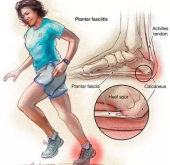
Traditionally, plantar fasciitis is considered as local muscle strain. Foot heel adipose tissue regression and chronic bursitis that occurs in calcaneal nodules are leading to local fascia fibrosis, adhesion and other aseptic inflammatory reactions, and the pain is caused by stimulation of the medial and lateral plantar nerves. In fact, studies have shown that pain in the plantar fascia is not caused by inflammation but caused by degenerative changes in the tissue. The real name for plantar fasciitis should be "Degenerative changes to the plantar floor".
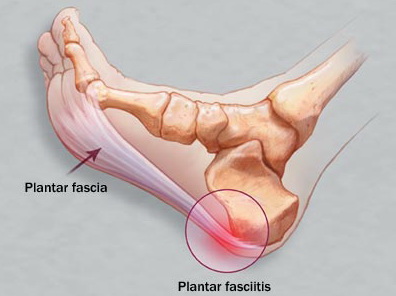
Patients with plantar fasciitis generally have no history of trauma although some of them have excessive movement. A typical symptom of chronic patients is "first-step pain", that is, experiencing pain with the first few steps after awakening, or long periods of remaining still. Typically, pain subsides after a few steps, but with the increased walking or standing time, the pain increases. As the course of the condition progresses, any weight-bearing activity can cause pain. And Patients who have been standing for a long period of time, pain can radiate into the arch of the foot.
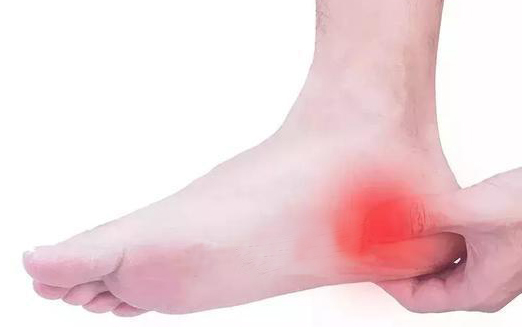
The pathogenesis of plantar fasciitis is not fully understood. Studies have shown that chronic plantar fasciitis may be related to excessive weight gain, high arch, flat foot, calf muscle tension, standing for a long time, obesity, age, trauma, excessive exercise and inappropriate shoes.
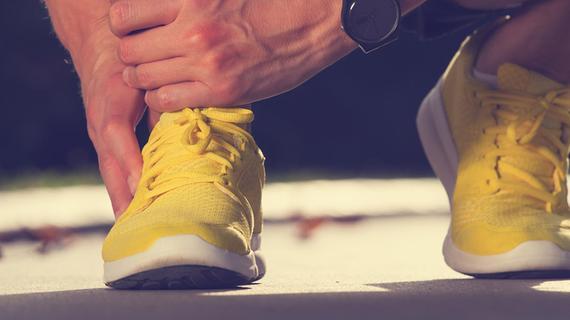
How to prevent the occurrence of plantar fasciitis:
* Avoid long hours walking and running on uneven roads;
* Control body weight and lose weight moderately;
* Select right shoes for walking and running;
* Ice compress the bottom of the foot for 10-15 minutes after exercise.
* Stretch and strength training, especially for the plantar fascia and calf muscles;
* Select appropriate insoles if suffering from flat feet or high arches
* Proper shoe wear
Rehabilitation of plantar fascia
1. Release plantar fascia
Training method: Step on a tennis ball and roll it back and forth against the ground. The movement should be slow to let the foot fully stretch. 3-5 minutes per set, for 2-3 sets.
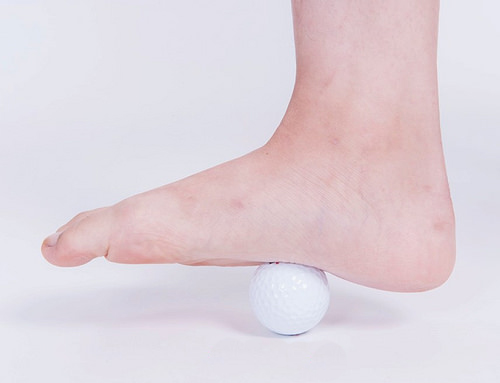
2. Stretch plantar fascia
Training method: Take a sitting position, hold the toes with your hands and pull them up and back until the soles of the feet stretch out comfortably. Hold the posture for 15-30 seconds, and then relax. Repeat 5 times for a set, and perform 3 sets a day.
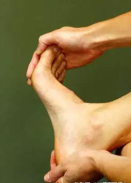
3. Stretch the gastrocnemius muscle in standing position
Training method: Stand facing a wall, extend the affected leg as far back as possible, and lift both arms to shoulder level. Bend front knee slightly and lean forward. Keep back leg straight and heel as close to the ground as possible. When tension is felt in the lower leg, hold position for 20-30 seconds. When no tension is felt, increase the degree of pronation until a tension can be felt at the back of the lower leg. Repeat 3 times for a set and perform 3-5 sets each side.
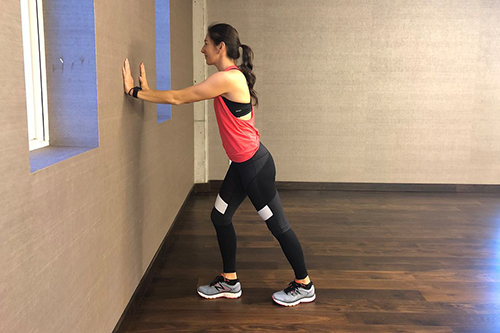
Shockwave therapy: Extracorporeal low energy shockwave therapy is a noninvasive and safe treatment for chronic plantar fasciitis over 3 months. Extracorporeal shock wave could loosen the inflamed tissues, promote the new blood vessels and fiber repair, and achieve the purpose of treatment with remarkable effect.
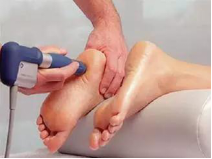
Other treatments include taking non-steroidal painkillers, local corticosteroid injection, and operation, prescribed depending on need.




